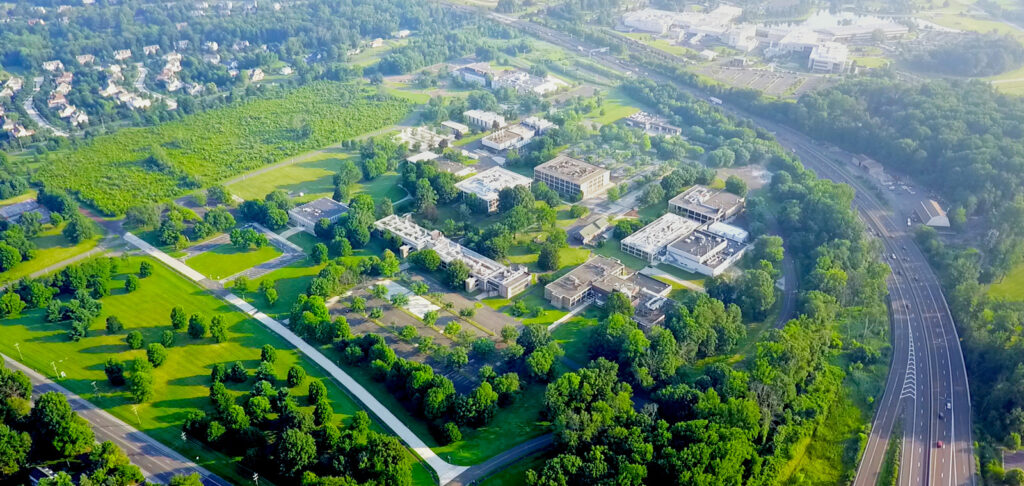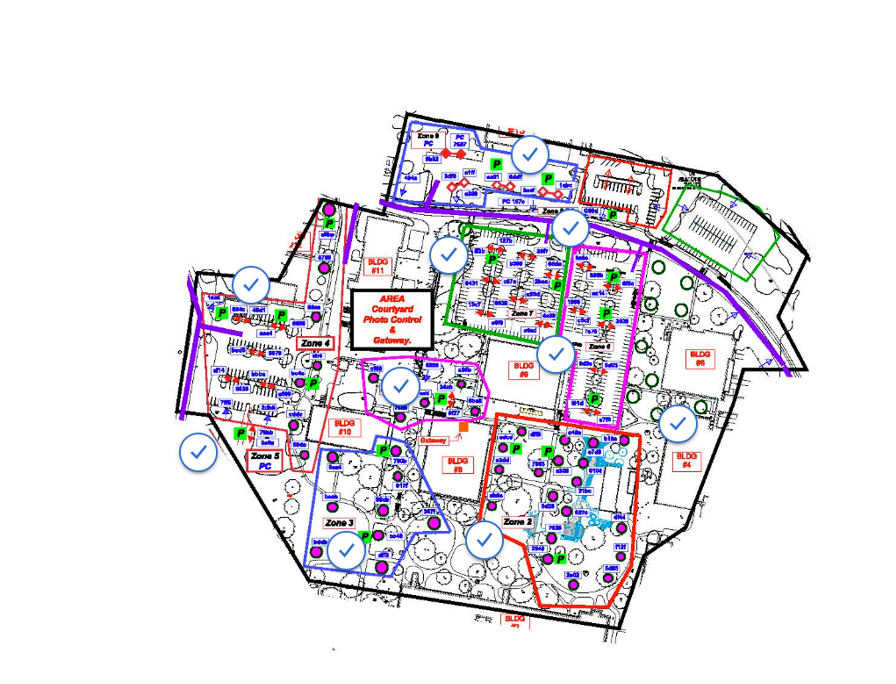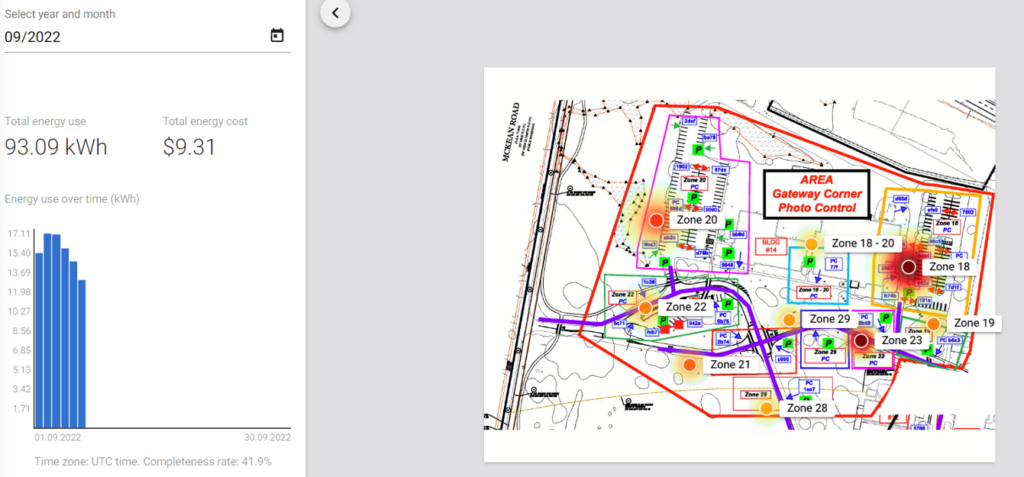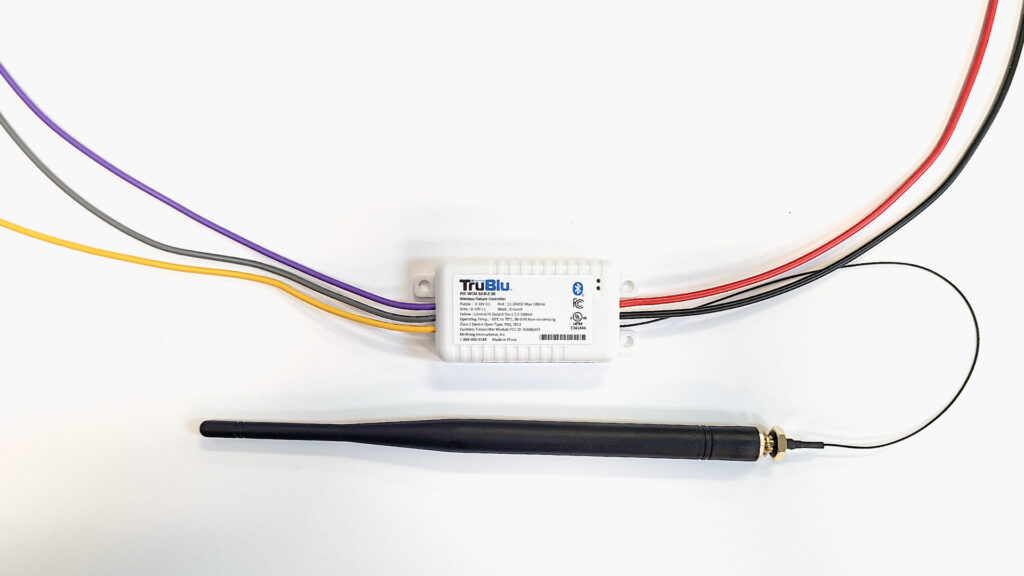A Conversation with Blane Goettle, McWong International EVP

Blane Goettle
Executive Vice President
McWong International
About Blane Goettle
Blane Goettle manages the business development and marketing programs as well as strategic product development and partner relationships at McWong International. Prior to serving in this capacity, he worked for the company as a senior project manager. Before joining McWong, Goettle held positions in technology, education and marketing in the U.S. and China. Goettle holds an international MBA from the Moore School of Business, University of South Carolina and a B.S. from Stanford University. He is fluent in English and Chinese.
McWong International was one of the 15 commercial lighting leaders recognized by the Department of Energy’s (DOE) Integrated Lighting Campaign (ILC) for leading the adoption of advanced lighting controls and integration of lighting with other building systems. They also won the coveted LightFair Innovations Award in the Technical Innovation category for 2022. Blane Goettle talked to LightFair about the challenges, complexities and opportunities around Bluetooth mesh solutions in outdoor lighting applications. McWong International exhibits at LightFair.
Wireless lighting control has been big for years now in the indoor controls space. And there’s been a lot of noise about wireless controls for outdoor lighting. What’s so different about Bluetooth mesh solutions?
Blane: I appreciate the chance to talk with Lightfair about technology advances that can move energy efficiency forward as well as create an intelligent platform for functionality that goes beyond lighting.
As many know, outdoor lighting installations present far different challenges for controls than indoor spaces. There are distance and coverage challenges, weather and environmental conditions, and differences in infrastructure costs.
And the installation costs of running control wiring could be prohibitive?
Blane: Exactly. Providing a highly reliable control network wirelessly means outdoor controls can be added to any existing outdoor lighting system cost-effectively. We’re not necessarily talking about street or roadway lighting here; that’s a very unique category of outdoor lighting. Rather, we’re thinking about area and site lighting for commercial buildings, walkway and pathway lighting, specialized lighting for sports fields, parking lots and garages.
Not only do these lighting loads account for a substantial portion of a facility’s overall lighting load, they also ensure the health and safety of occupants and visitors during critical evening and nighttime hours. So reliable control performance is vital.
For instance, a recent project in suburban Philadelphia is a great example. Spring House Innovation Park is a large business campus covering 133 acres, 11 parking lots, numerous walkways, courtyard spaces, and a 2 ½ mile ring road.

That sounds like a challenging application for a wireless control technology…
Blane: There were definitely some technical challenges, particularly as this project was one of the first large-scale outdoor Bluetooth mesh projects in North America at the time the project began. Product capabilities have matured since then – and we and our partners have gained valuable insights through numerous projects indoor and outdoor. At that time, the project team had to overcome some signal interference challenges presented by heavy tree canopies, as the township had ordinances prohibiting lighting fixtures exceeding 12’ height. But with the right deployment of control devices, the team was able to complete a very successful implementation. In fact, this project recently won recognition from the DOE’s Better Buildings Integrated Lighting Campaign.

What are some of the technical capabilities that make Bluetooth mesh solutions such a good fit for outdoor control?
Blane: The mesh approach creates a dense communication network that eliminates any single point of failure, where control nodes communicate directly with each other. Founded on the highly secure and mature Bluetooth communication protocol, it offers design professionals the ability to create an interoperable network, where different components and fixtures can be selected from a range of vendors. A solution can also be scaled over time if desired. A Bluetooth mesh network can be designed and deployed using smartphone-based commissioning tools, which can be a significant time saver. In the Spring House project, for instance, the control devices for the ring road light fixtures were installed and commissioned at the factory while other network control devices were installed and commissioned onsite.

New capabilities and products are always being developed. For example, McWong recently introduced a new controller with long-range antenna, which was honored with the Lightfair Technical Innovation Award at this year’s show.

We’ve also developed a weatherproof range-extender with battery back-up for strategic deployment in some high mast lighting projects, for example. Now, these products were not available for the Spring House project but were added later to enhance mesh quality and can easily be incorporated into similar future projects if desired by a project team. In fact, we’re seeing these products being used right now in sports fields, where the number of lighting fixtures may not be substantial as in the Spring House project, but where pole height and distance can offer challenges to signal range. Using a long-range antenna in combination with a Bluetooth mesh controller ensures the network performs optimally.
And some of the Bluetooth capabilities can be deployed in control solutions to provide functionality beyond lighting. For instance, in a large business or university campus, using the beaconing capability could provide great assistance to first responders in an emergency. And of course, the energy and performance monitoring functions can assist facility management with predictive maintenance information to streamline luminaire maintenance or other repair tasks.
We appreciate your insights on Bluetooth mesh control applications for outdoor lighting.
Blane: Thank you for the opportunity to contribute to the knowledge on this topic!
Did you like this interview? Do you have an interesting take on this topic? Tell us in the comments.
